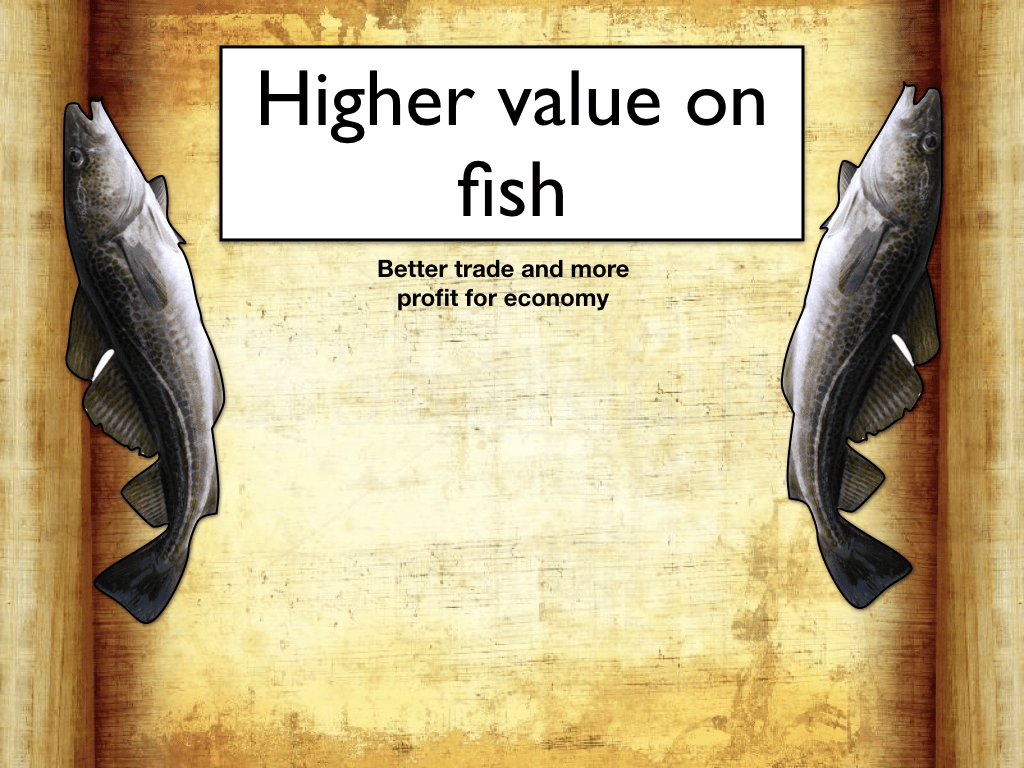Confederation is the union between different parties or groups and provides mutual benefits being a whole nation. Through Canadian history, there were many factors and conditions for Confederation of the colonies and it took a lot of convincing to join. The factors of Confederation are a set of benefits that help each other out and understanding “How and why did Canada develop into a Nation?” (our driving question) gave us the in and outs of the topic. Knowing today, Canada joined after proposals were made and achieved but in this project, we would be taking the place of the colonies and we would have a chance to rewrite history. Two conferences took place to show our preliminary proposals through a keynote and our final proposals represented by a video using a green screen.
There were three conferences in total, in Charlottetown (September 1864), Quebec (October 1864), and London, England (December 1866). The factors to Confederation were complicated and didn’t benefit some colonies as much as others so they didn’t join until the 20th century. Canada together took away the threat of the US and France and would allow Canada to gain in size expanding west. In the initial confederation, there were 6 colonies and if at least four joined then Confederation would pass.
Leading up to the commercial my group (Noah, Thomas and Jude) were representatives for Newfoundland and Labrador which only joined in 1949. Researching our colony at the time was essential for proper conditions so we used the resources given by the teachers and the internet to put together a detailed competency. However, we couldn’t just take the first link and use it for our proposals but we needed to question the documents. With background knowledge, we were able to make six conditions for our preliminary proposals that would benefit Newfoundland. Knowing that Britain helped supply a lot of goods and support, it would take a lot to convince Newfoundland to join confederation which was true in real life. Using these proposals we presented a keynote and talk further into detail about each condition. We had to decide if our evidence was supporting a historical conclusion which I thought we had likely proposals that could be possible in history.
We carried forward our conditions into the final proposals which were created from our ideas and consulting with other colonies. Conditions now set, the video production had started and we only had a few days to complete it. The latter half of the project started to get more interesting, people were negotiating among groups making conditions and promises for the big day of the conference where we would see our commercials.

The commercial we created was decent, nothing too special with the time we had. I thought we did a good job sharing and expressing our ideas with evidence. The tight work schedule is applicable in real life and the work field there will be a deadline. When late, it will cost money, even though lots of real life projects are late (construction is one example). The iMovie green screen tools limited the placement of us talking, so we had to customize images to fit around our bodies.
The process of the video was like any other but condensed into a very short schedule. Everything had to run smoothly and do their fair share to complete the video. I created and revised the script for the proposals and our justifications which easily translated to the recording. I used storytelling skills from previous screenplays to show informative history. Using skills gained from PLP and recently from our mPOLs we were able to improvise while speaking. We had rough outlines of what to say and talking about known topic things learnt in prior projects. I covered two of the six proposals about the protection needed and tax deduction for the transition into confederation. Explaining our video and the project, in a nutshell, was necessary for viewers watching our YouTube video so they could understand the intentions of the video. The description also allowed us to cite our sources where we had gotten our research for the topic.
With persuasive skills learnt from ads, I created a little animation for the background to show the amount of tax deduction we want for the first three years. I used Keynote’s animation tools to make words appear at different times which aligned well to the talking. The background images showed details that words can’t explain and provide something to look at while the video is playing and makes the user more engaged.
With the conferences completed the teacher (governor-general) interpreted the conditions that she felt benefited everyone. Despite her best effort to make the colonies sign but was to no avail. The teacher lacked inside information and agreements between groups in which most colonies only had the slightest interest in the confederation if they got their few demands. Putting all these factors together, Confederation was not a success and did not pass, erasing Canadian history. None of the proposals were helpful and would hurt Newfoundland compared to what Britain was offering.
This project taught many skills that we learnt and expanded. However, we are not finished learning and you can always improve your skills. I will apply the literary skills into new projects to make my work as best as possible. Even though Confederation was not accomplished it was a fun project, negotiating with other groups and make decisions based on evidence.














Leave a Reply